We Are The Best is a Swedish film adaptation of Coco Moodysson’s (director Moodysson’s wife’s) autobiographical graphic novel which she never completely finished.
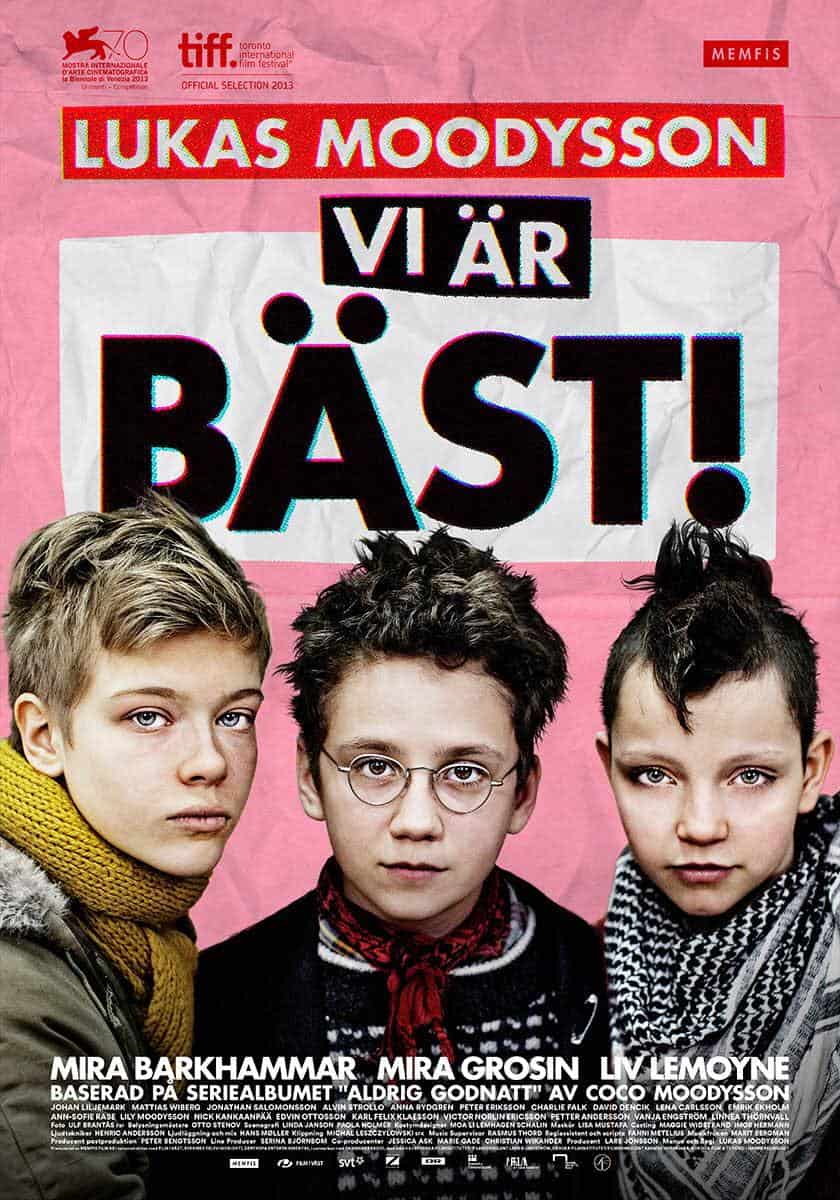
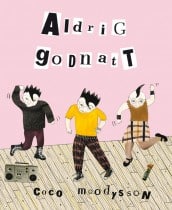
PREMISE OF WE ARE THE BEST
Three girls in 1980s Stockholm decide to form a punk band — despite not having any instruments and being told by everyone that punk is dead.
STORY WORLD OF WE ARE THE BEST
- The year is 1982. This is the world of punk, and without having the graphic novel in front of me (which looks like it stars punk characters), the director definitely prides himself on being a punk and antiestablishment. In the early 80s punk had supposedly died and New Wave ruled.
- The creator of the autobigraphical graphic novel says there were no role models around that time for girls of this age. There were Swedish girl bands, but they were older and their songs were about having sex “and we thought that was disgusting. We wanted to look tougher, like boys.” A modern audience might at first read these girls as proto-lesbian but context is clue; these girls are perhaps a little femme phobic, and have definitely grown up in an environment which equates toughness with masculinity. So that’s where that comes from.
- Stockholm, Sweden. These are city kids who seem to attend public school but without the ‘inner city’ problems you might find in somewhere like America. There’s enough money. That’s where some irony comes in — these girls are too young and too sheltered to really know what they’re standing up against.
- Winter.
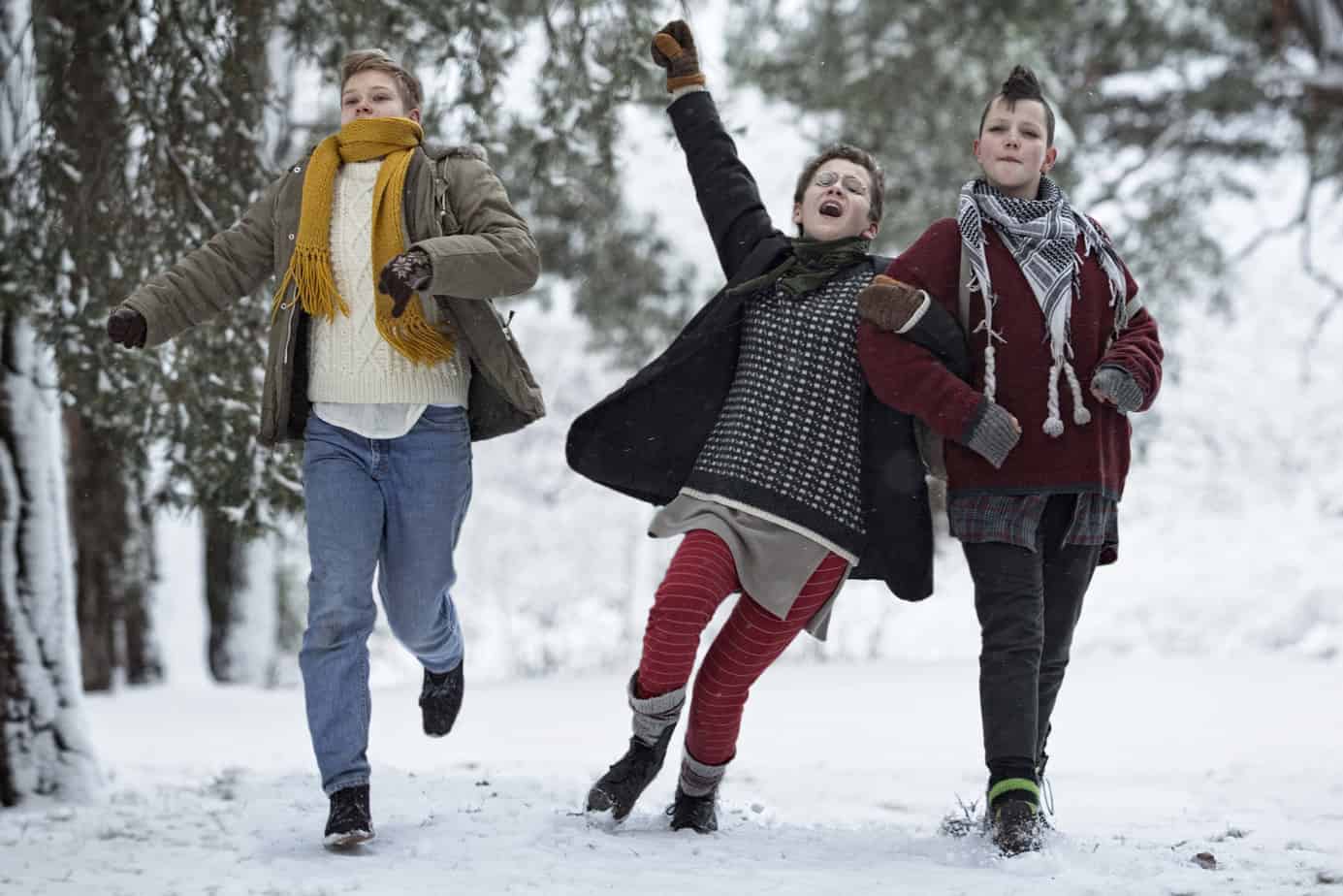
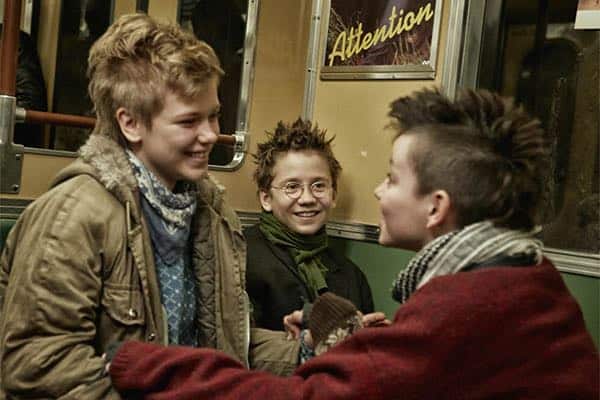
STORY STRUCTURE OF WE ARE THE BEST
Anagnorisis, need, desire
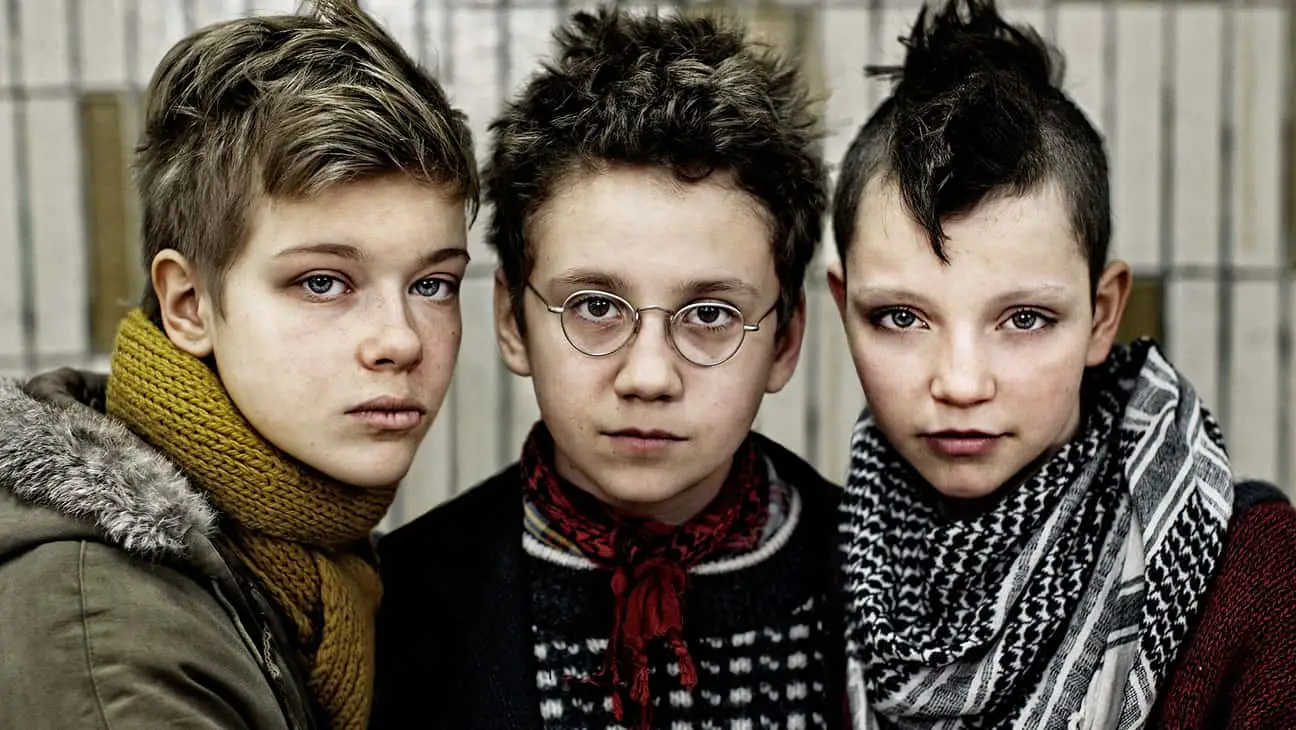
This is a coming-of-age story. I believe the characters are 13. Mira Barkhammar, who plays Bobo , was actually 13 during filming. Mira Grosin, who plays Klara, was only 11; Liv LeMoyne, as Hedvig, was the eldest at 14. Anything around this age is the classic time for a coming-of-age tale.
In the first scene Bobo has already begun her transformation. She has cut her hair, and we see her mother embarrassing her by pointing out the new short cut to a large gathering of adult friends at a party. Over the course of this story, Bobo learns that she doesn’t need to play second fiddle to her more exuberant, prettier friend Klara. She takes the first step with a boy. Rather than being the follower of Klara, the addition of the conservative Christian Hedvig to their group means that Bobo learns, like Hedvig, to think for herself. She also learns not to let a boy come between her and her best girlfriends.
At the beginning Bobo already knows that she doesn’t want to be like everybody else. This is what has drawn her to punk. But she hasn’t yet learnt to be her own person entirely — she’s under the influence of Klara.
She is wrong about her own uniqueness and individuality. She professes to not care about what others think of her, but she is deeply wounded by rejection from the boys who she doesn’t even like. She’s on the right track to intellectual freedom, but her need for peer acceptance is holding her back.
She is also dismissive of everything and anyone who doesn’t fit her version of cool. She can’t accept Hedvig as a friend without wanting to change her first. She is dismissive of other people’s musical tastes, including Hedvig’s.
At first it seems as if Hedvig changes the most — why isn’t she the (secret?) hero? But take a closer look and you’ll see that even though Hedvig has her hair cut, she hasn’t changed that much; she is solid and independent at the beginning of the film, and remains so throughout. Sure, she’s gained two new friends and become more cool than she was, but she is still the same basic person. Bobo definitely ‘grows’ more than either Hedvig or Klara. Klara doesn’t really demonstrate that she’s changed at all. She thinks she’s the best at the beginning of the film, and even in the final scene she declares ‘I am the best’, showing that she’s all about her own self. She genuinely doesn’t care about other people, or what they think — even when those people are her best friends.
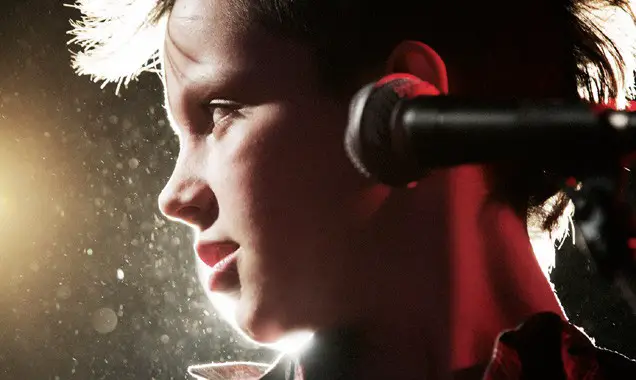
Ghost
Later in the film, when Bobo is being comforted by Klara after throwing up on Klara’s older brother’s records, Bobo tells Klara that she’s sick of Klara getting all the boys and being invited to all the parties. We don’t know it at the start, but Bobo has a history of rejection. This explains in retrospect why she has been drawn to punk and to Klara, and why she is so upset when Klara hooks up with the punk boy they go to meet.
Story World
The arena is a school and its local surrounds in Stockholm, Sweden.
They are heading into winter time and snow has settled on the ground. This means the characters are forced to basically live indoors, except for the scene on the roof, when Bobo sort of threatens to jump off. The season is significant because it’s an ironic one — coming-of-age stories are often about ‘blooming’, and therefore spring, but punk is an ironic, subversive, transgressive genre, and so the story inverts the usual season and has Bobo heading in to winter.
The city is an entirely man-made space.
The important tool for the girls is an electric guitar, because an electric guitar will propel them into the realm of ‘cool’, or so they think.
This is a contemporary story set around 2013.
Shortcoming & Need (& Problem)
Bobo has distanced herself from the crowd, which is fine, except her only ally in the world is Klara, who is an imperfect friend. Klara can be a little callous, and is inclined to take the limelight. Bobo has no self-confidence. Feeling she is ugly, she has cut off her hair and refused make-up to buck the expectations of her gender.
Under Klara’s influence, Bobo also can treat others badly, which appears when the two of them basically bully Hedvig into getting a punk haircut.
Bobo’s crisis at the beginning of the story is that she is not accepted by her peers, namely boys. She has no idea how to fix this and doesn’t even know she wants to.
Inciting Incident
Bobo and Klara impetuously decide to start a punk band and participate in the autumn concert. But they are too late, and the middle-aged woman in charge says they’ll have to come back next year. This annoys Klara so much that she thinks if she can’t play in the autumn concert she doesn’t want to play at all. But they decide to keep playing so they can show everyone just how good they can be.
But actually there is a series of three inciting incidents. This is preceded by the older boys calling them ugly. The girls decide to book the drum room, partly to piss them off and partly because they genuinely want to start a band. The desire to perform in the autumn concert comes out of that.
The audience can see that these girls are nowhere near good enough to play in any concert. They’re full of verve but have no skill. By putting themselves forward, they’re risking further and more permanent rejection, which puts the audience on edge. (Similar to About A Boy.) In this way, the two girls have got themselves into ‘the worst trouble of their lives’.
Desire
Bobo wants to be cool in a non-mainstream way. She is a conformist non-conformist. The goal that extends throughout the story — the concrete goal — is to perform in front of an audience and achieve accolades of some kind.
The importance of this desire increases throughout the story because with the addition of an accomplished and gifted musician (Hedvig) they become genuinely accomplished. The stakes become higher because the friendship between Bobo and Klara is compromised over a boy, so they need to reunite, and they can do this by working in unison to perform a concert.
Ally/Allies
Bobo’s main ally is her best friend Klara. Klara and Bobo share the same desire of wanting to prove themselves punk and prove themselves to be cool.
Opponent
The most obvious opponents (though they are numerous they’re basically one personality) are the older boys at school who refuse to take the girls seriously. They call them ugly and try to bar them from the drum room and insist on calling theirs a ‘girl band’. The boys, too, are competing for the goal of performing on stage and winning cool points.
Bobo’s mother is oblivious to Bobo’s inner workings, and doesn’t realise that by drawing attention to her daughter’s hair in front of a crowd she is being excruciatingly inappropriate — Bobo cut her hair to avoid attention rather than to get it — her whole point is that looks shouldn’t matter, so compliments defeat the point.
Fake-ally opponent
Klara is the fake-ally opponent — sometimes ally, sometimes opponent — if only because she does ‘punk’ better. She has a more genuinely punk hair cut. She probably rates higher on the sociopathic spectrum, and is able to genuinely not care. Bobo doesn’t have this luxury. She is empathetic, as demonstrated when her mother breaks up with the latest man friend. By following Klara, Bobo is self-sabotaging, somewhat. Klara wants Bobo to be cool, but she wants to keep her in her place. She doesn’t want her to go out with her brother, for instance, sh*ttng all over the fact that Bobo likes him. Both Klara and Bobo are competing for the exact same goal, so that’s good.
Klara has sufficient complexity to be this person. She knows about the party the boys are having, but hasn’t revealed it to Bobo. She appears to be up-front about everything, but her candour comes across as aggressive. “I just want to check you’re not jealous, or anything.”
The other interesting thing about Klara is that she starts to feel more like Bobo’s ally as the story progresses. By the end of the film they are on a more equal footing, despite Klara maintaining that ‘she’ is the best, despite Hedvig protesting that ‘we are the best’.
In this story, Klara was introduced after Bobo. Klara has no specific plan to bring her friend down — hers is more of an ignorant dilemma.
Changed Desire And Motive/First Revelation & Decision
While the girls started off wanting to perform in the autumn concert not caring that they sounded shit, they changed to wanting to learn their instruments properly after witnessing Hedvig on stage. (The reveal is that Hedvig is pretty good at music, even though she’s super uncool.)
Plan
Now they’ll persuade Hedvig to teach them about music, and in turn they’ll draw her out of Christianity so she can be cool like them. (And she won’t bring them down.)
Opponent’s Plan and Main Counterattack
The boys continue to undermine the girls.
Klara has a plan to contact some punk boys they know of, so they can go and meet and make boyfriends. But she doesn’t really care about whether the other two make boyfriends. While Klara is not deliberately evil, these scenes give the audience a chance to see the regular dynamic that goes on between these two best friends.
Drive
Klara decides to get Bobo back. She calls the boy who liked Klara (though he doesn’t seem to any more) and arranges a meet up. She wants to persuade him to be her boyfriend, not Klara’s. She manages this, though the boy tells Bobo he’ll have to break up with Klara first, then never does. Calling your best friend’s boyfriend is a bit of an immoral action, even if the relationship seems to have fizzled. But Bobo is desperate for acceptance. We see this when she spits on her own reflection in the bathroom mirror.
Bobo’s actions have now changed in a fundamental way because before this she would never have gone behind Klara’s back, or assumed she could take a boy from Klara.
Attack by ally
There are two plots in this story: There’s the conflict between Bobo/Klara and Hedvig (or Hedvig’s mother), then there is the big struggle between Bobo and Klara as they each wrestle for power within the relationship.
In the first plot line, Hedvig’s mother is the voice of reason when she calls the girls to her house for tea and biscuits then gives them an example about how they shouldn’t try to change someone just because they want to be her friend. You have to accept people as they come.
In the other plot line, Hedvig (her mother’s daughter) is the voice of reason the whole way through, encouraging the girls to reconcile. She’s not a very outspoken girl, so she needs to be pressed to say much, but there are conversations in bedrooms during which Hedwig refuses to join in with the other two when it comes to sh*tting over other people’s likes.
Apparent Defeat
Despite every effort to be cool, even cutting her hair short like Klara’s, Bobo still misses out on a boy she really likes. We see how devastating this is for Bobo when she jumps around on the roof, risking her life, trying to divert the hug that’s going on between her best friend and the boy she likes.
Obsessive drive/changed drive
The revelation Bobo has is that: No matter how hard she has tried, she cannot win boys as long as Klara’s around.
She’s going to have to take control.
Audience Revelation
Sure enough, when we see Klara and Bobo in action with the boys, we not only see the day in its own right, but we see the whole history of their friendship. We see that Klara is indeed more popular with the boys (at first) and that Bobo plays second fiddle. We are probably older and wiser (this is a film for adults) and know more about the friendship dynamics than Bobo does. Because of this history, we are now given a little distance between ourselves and Bobo, and we’ll see why she does what she does, by calling the boyfriend.
Gate/Gauntlet/Visit to Death
Bobo spitting on the mirror shows us that she has reached rock bottom in self-esteem. It happens after their visit to see the boys.
Battle
Sure enough, there is a showdown between Bobo and Klara when Bobo tells Klara that the boy has been ‘cheating on you… with me’. The fight gets physical and is broken up by pacifist Hedvig. This shows how similar Bobo and Klara are at this point.
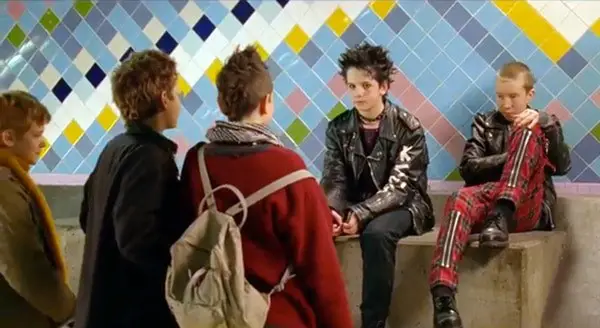
Anagnorisis
Bobo learns that she can’t be Klara, but she is just as worthy as Klara.
Bobo has also learned from Hedvig that you can’t change people in order for them to be your friend, and she applies this same revelation to herself. She can’t change herself to fit her ‘ideal version of a friend’.
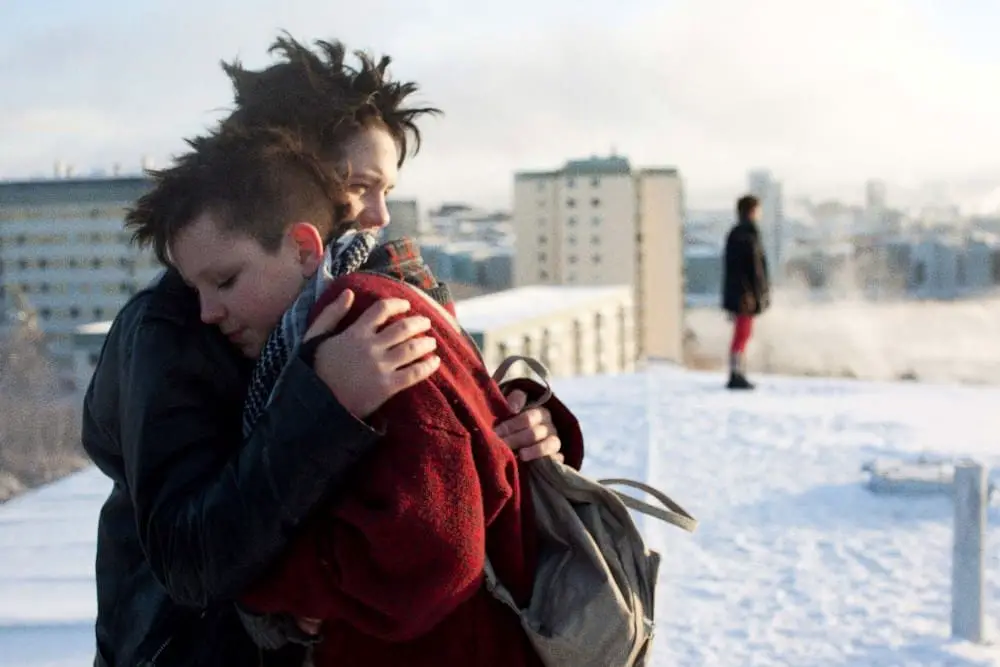
Moral decision
Bobo has learned that she must ‘be herself’ rather than be a follower. She demonstrates this resolve onstage with the audience booing at her.
New Situation
This is demonstrated on the bus home in the final scene after their disastrous concert. They have been rejected in the most terrible way — an entire audience turned against them. But they are determined to call themselves ‘the best’ anyway.
